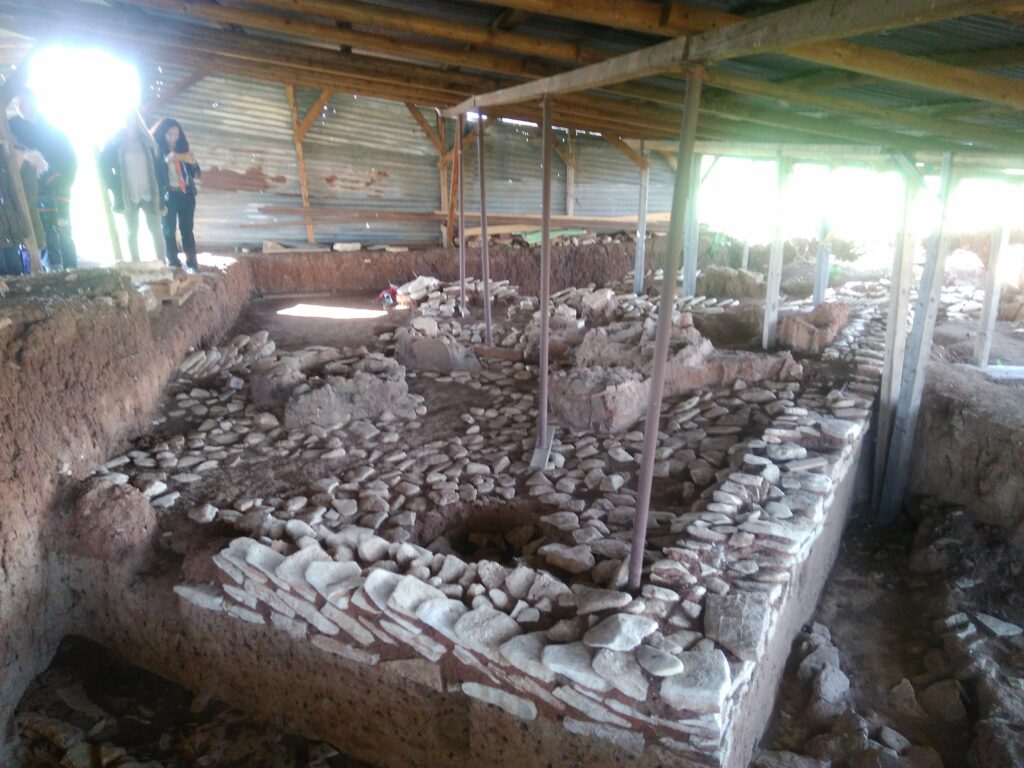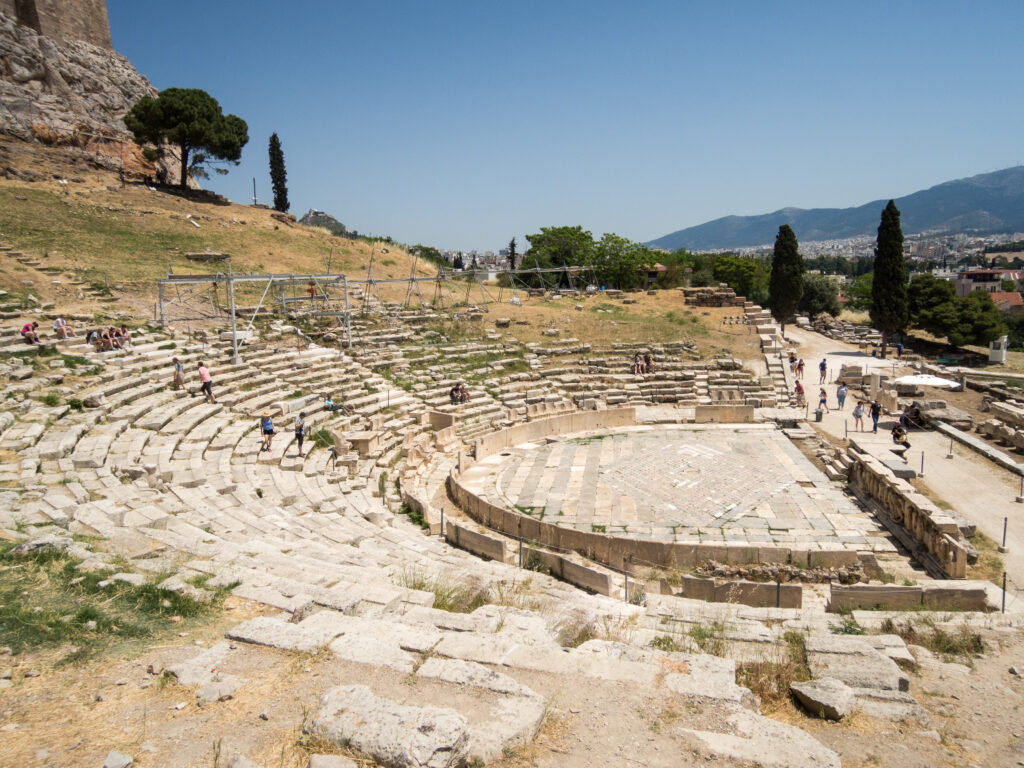Clay Lives

Exploring Neolithic Figurines and Social Identity at Koutroulou Magoula In central Greece, the Neolithic settlement of Koutroulou Magoula has yielded over 500 clay figurines, making it the largest known assemblage of its kind in Greece and among the most significant in southeastern Europe. Dating from approximately 5800 to 5300 BC, these artifacts offer profound insights […]
Greek Corsairs of the Aegean

Piracy, Resistance, and Survival in the Venetian and Ottoman Seas (15th–18th Century) For centuries, the Aegean Sea was more than a maritime crossroads — it was a battleground of empires and an arena for survival. Between the 15th and 18th centuries, as Ottoman and Venetian powers vied for control of the Greek world, many Greek […]
Roman Delos

Commerce, Slavery, and Religion in a Cosmopolitan Port During the Roman period, the island of Delos underwent a remarkable transformation. Once a sacred sanctuary of Apollo and Artemis, it became one of the most important commercial ports of the eastern Mediterranean. Between the 2nd and 1st centuries BC, Delos reached its economic peak—not through the […]
Echoes of Pontus

Remembering a Genocide through Klavdia’s “Asteromáta” Between 1914 and 1923, an estimated 353,000 Pontic Greeks were killed in a campaign of persecution carried out by the Ottoman Empire and later by Turkish nationalist forces. Massacres, death marches, forced conversions, and cultural erasure marked a systematic effort to eliminate the Greek presence from the region of […]
Across the Aegean

How Anatolia Shaped the Soul of Greek Pottery (8th–6th Century BC Some of the most important shifts in ancient Greek art didn’t begin in Athens or Corinth—but across the water, along the rugged coastlines of Anatolia. Here, in the borderlands between Greece and Asia, pottery became a language of innovation. During the 8th to 6th […]
The Theater of Dionysus

Birthplace of Greek Drama and a Monument to Cultural Legacy Nestled on the southern slope of the Acropolis in Athens, the Theater of Dionysus stands as one of the most important and iconic landmarks of ancient Greek civilization. Revered as the cradle of European theater, this monumental site was more than just a performance space—it […]
Part I: The Rise of the Antigonid Dynasty

Macedonia’s Last Stand in the Hellenistic World After the death of Alexander the Great in 323 BC, his sprawling empire—diverse in language, culture, and geography—collapsed into a patchwork of rival kingdoms ruled by his former generals, known as the Diadochi. Among these successor states, the Antigonid dynasty emerged as the rulers of Macedonia, striving to […]
Unveiling the Palace of Zakros – Part I

Gateway to the EastArchitecture and Economy in a Minoan Coastal Palace Tucked into a secluded bay on the eastern coast of Crete, the Palace of Zakros is one of the four major palatial centers of the Minoan world. Flourishing during the Late Minoan period (c. 1700–1450 BC), Zakros stood as a key administrative and commercial […]
Geometric Greece

Vases, Graves, and the Birth of the Polis (900–700 BC) In the 9th century BC, Greece began to stir from the long silence of the post-Mycenaean collapse. What followed wasn’t a sudden revival, but a slow, deliberate reweaving of society—visible not in palaces, but in cemeteries, clay vases, and the first outlines of a new […]
Ice Age Art

Early Symbolic Expression in the Paleolithic Asphendou Cave of Crete Hidden in the rugged landscape of western Crete, the Asphendou Cave holds a unique piece of human history: some of the oldest known art in Greece. Etched into the cave’s limestone walls are engravings of extinct dwarf deer, known scientifically as Candiacervus. These carvings date […]
